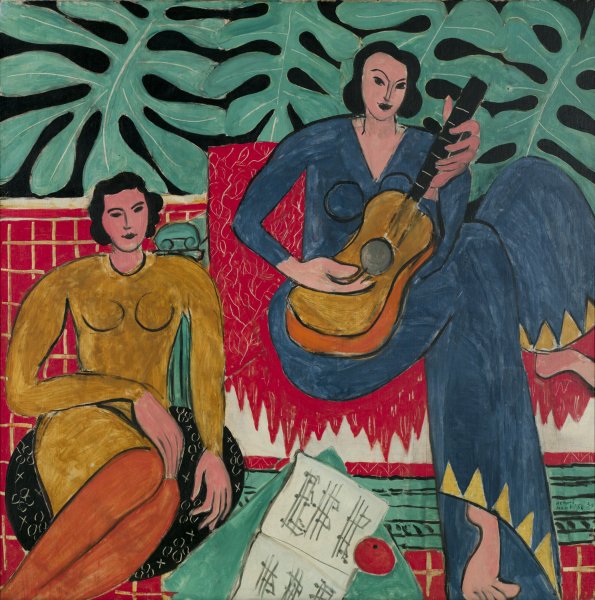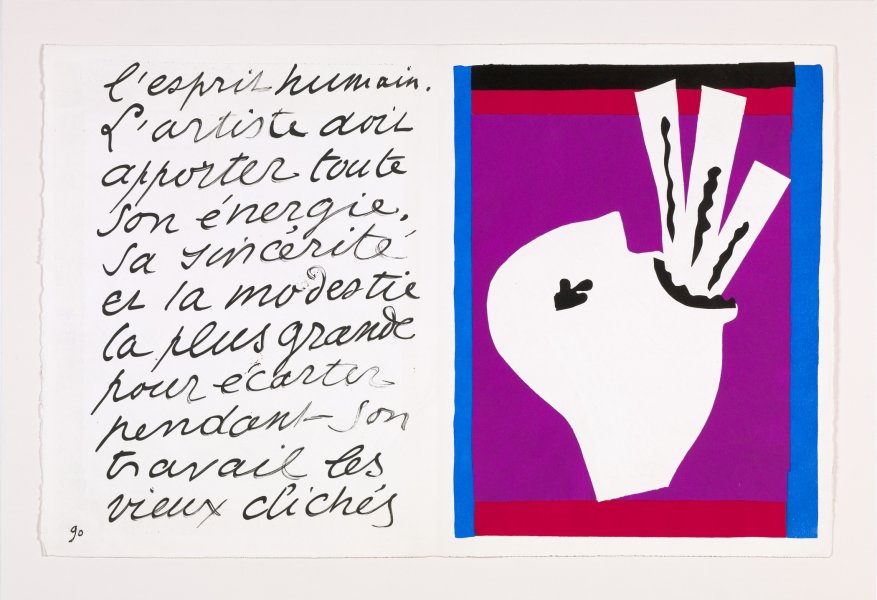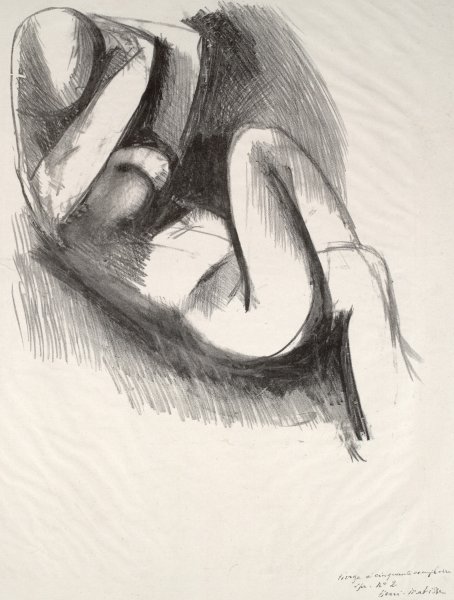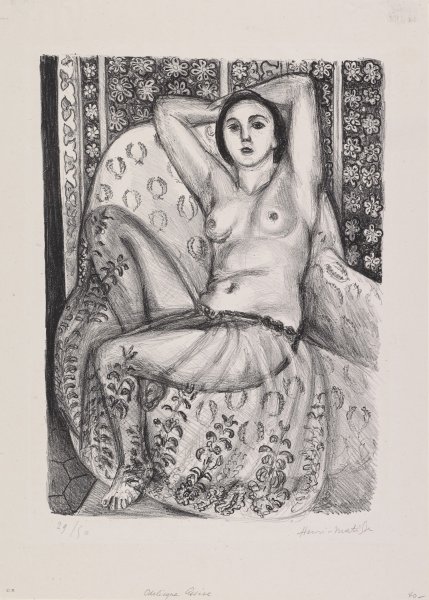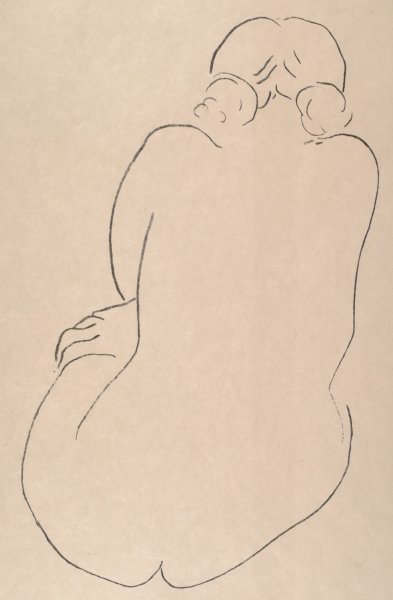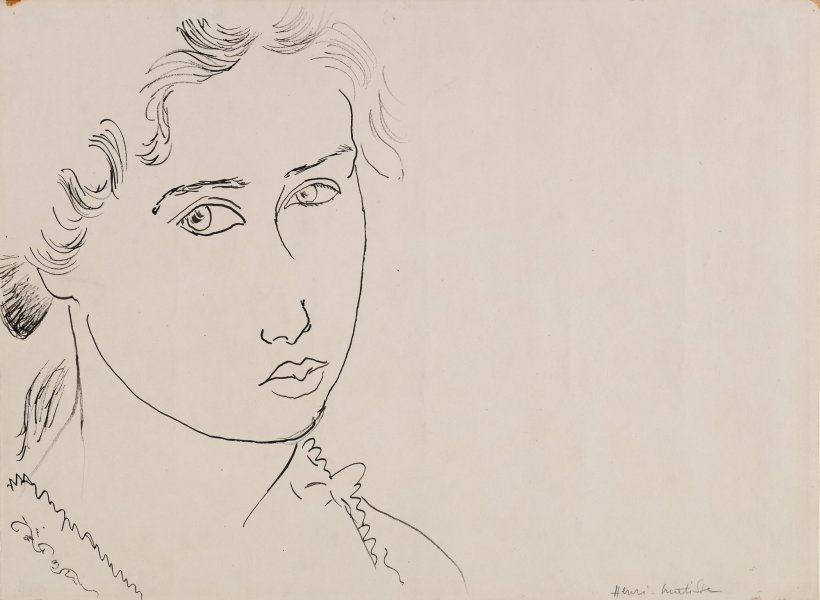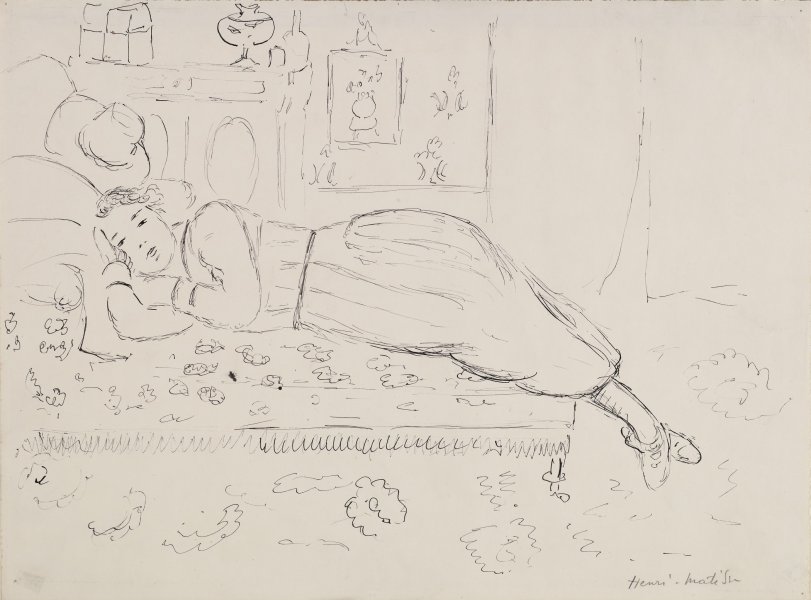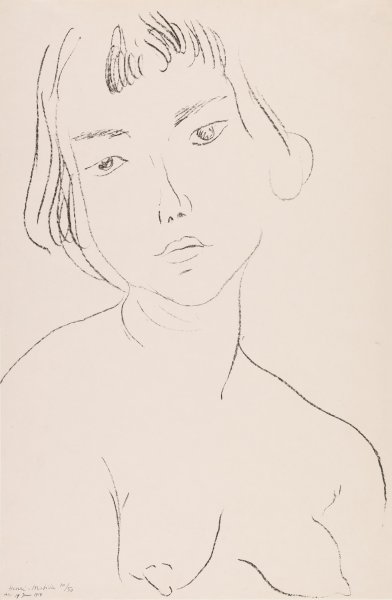Henri Matisse
French, 1869-1954
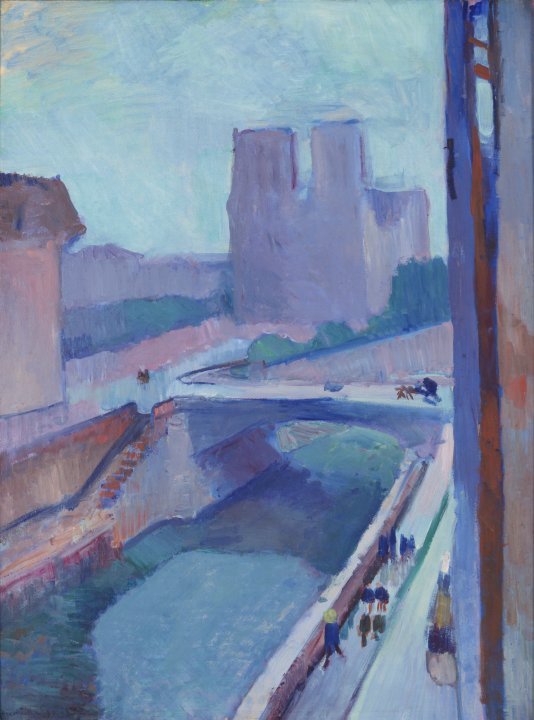
Henri Matisse (French, 1869–1954). Notre-Dame, une fin d'après-midi (A Glimpse of Notre Dame in the Late Afternoon), 1902. Oil on paper mounted on canvas, 28 1/2 x 21 1/2 inches (72.4 x 54.6 cm). Collection Albright-Knox Art Gallery, Buffalo, New York; Gift of Seymour H. Knox, Jr., 1927 (1927:24). © Succession H. Matisse / Artists Rights Society (ARS), New York
© Succession H. Matisse / Artists Rights Society (ARS), New York
Image downloads are for educational use only. For all other purposes, please see our Obtaining and Using Images page.
Search the Site


© Succession H. Matisse / Artists Rights Society (ARS), New York
Image downloads are for educational use only. For all other purposes, please see our Obtaining and Using Images page.
Notre-Dame, une fin d'après-midi (A Glimpse of Notre Dame in the Late Afternoon), 1902
Artwork Details
Collection Highlight
Materials
oil on paper mounted on canvas
Measurements
support: 28 1/2 x 21 1/2 inches (72.39 x 54.61 cm); framed: 37 x 30 1/4 x 4 inches (93.98 x 76.835 x 10.16 cm)
Collection Buffalo AKG Art Museum
Credit
Gift of Seymour H. Knox, Jr., 1927
Accession ID
1927:24
Inscriptions:
Provenance:
purchased by A. Conger Goodyear [1877-1964], New York, 1927;
sold by Goodyear to the Albright Art Gallery, March 20, 1927
Object Classifications:
Work Type:
Information may change due to ongoing research. Glossary of Terms
A Glimpse of Notre Dame in the Late Afternoon depicts a view from a window in the apartment and studio where Henri Matisse lived and worked from 1899 until 1907. Matisse returned to this motif many times throughout his career, painting it from the same vantage point but in varying stylistic modes. In this work, he rendered all the compositional elements in the same loose brushwork and color scheme. Here, he unifies a bridge over the River Seine, the east façade of Notre Dame Cathedral, an interior wall, and the edge of the open window shutter. The application of color in block-like strokes and the absence of detail or surface texture in this work resemble that found in the later canvases of Paul Cézanne, like Morning in Provence, also in the Albright-Knox’s collection. Matisse executed his earlier paintings of this subject in a more Impressionist style, using a representational palette. Throughout this composition, however, he marshaled somber shades of blue, pink, green, and purple. In 1905, this unconventional use of color and bold brushwork, shared by Matisse and his contemporaries André Derain and Maurice de Vlaminck, led to the development of Fauvism.
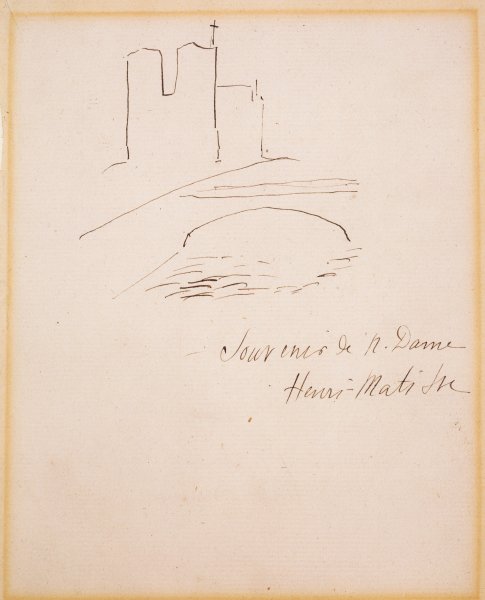
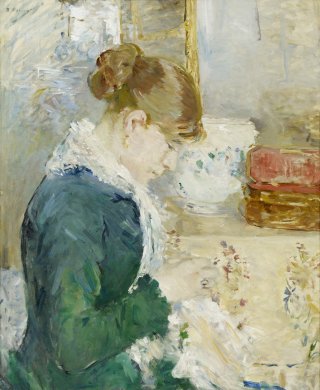
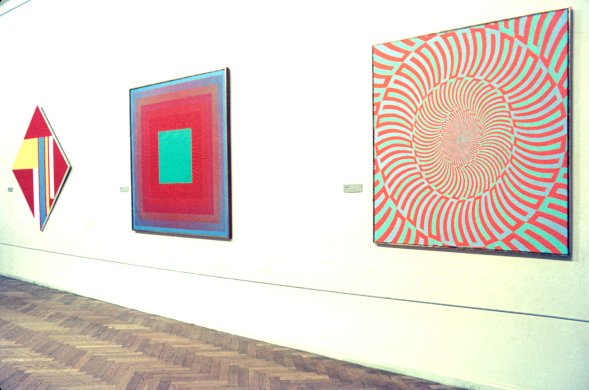
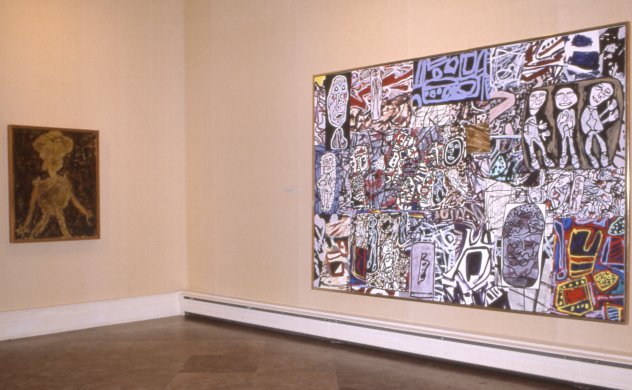
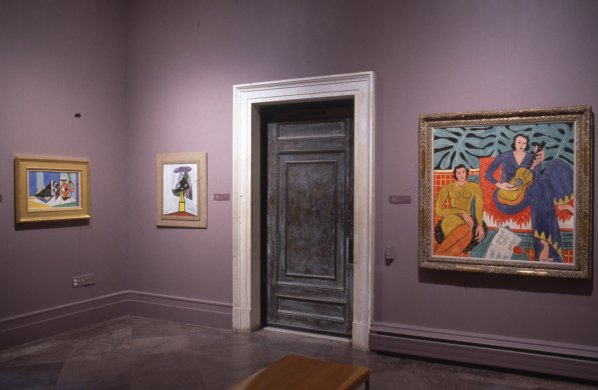
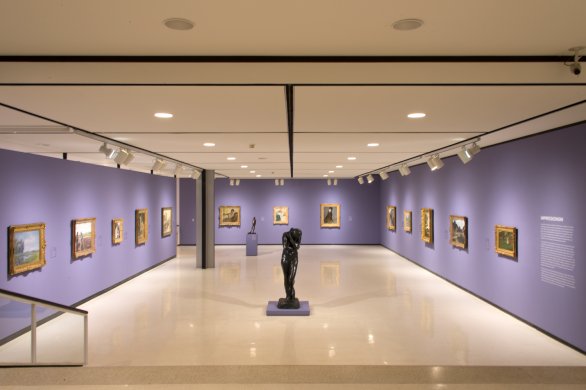
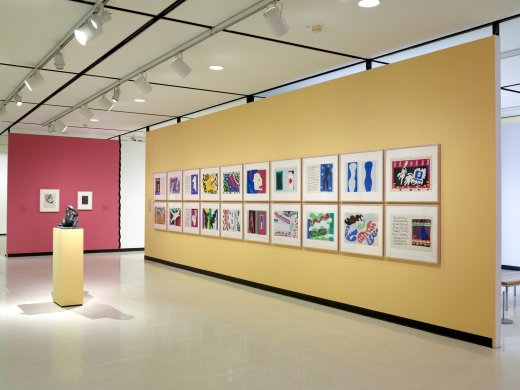
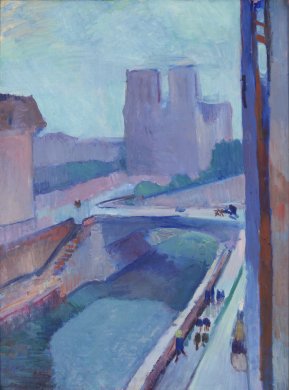
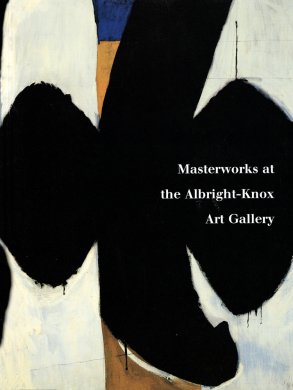
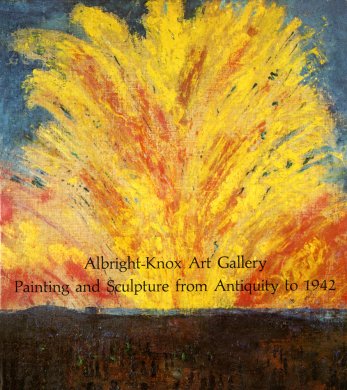
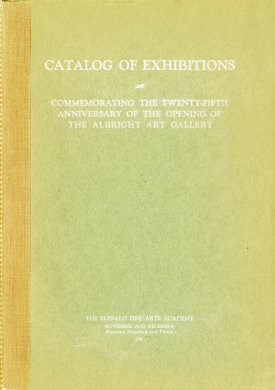
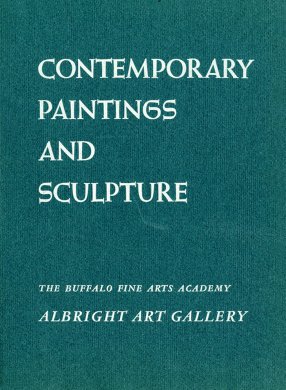
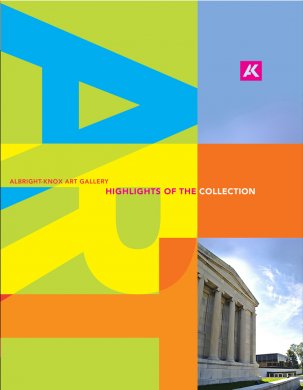
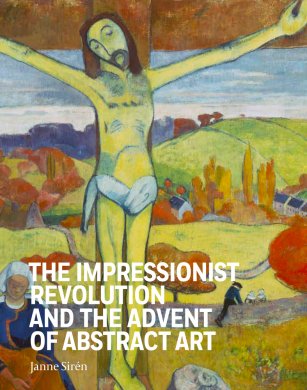
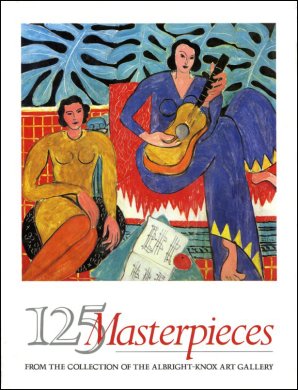
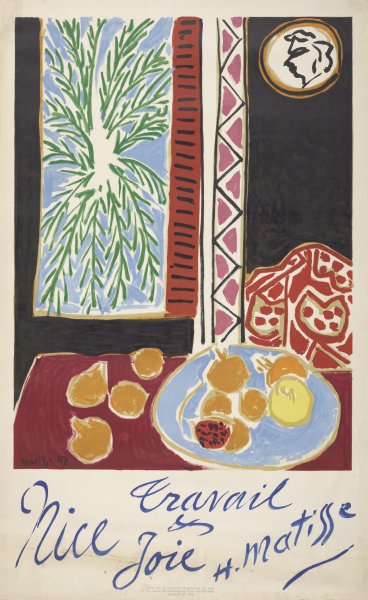
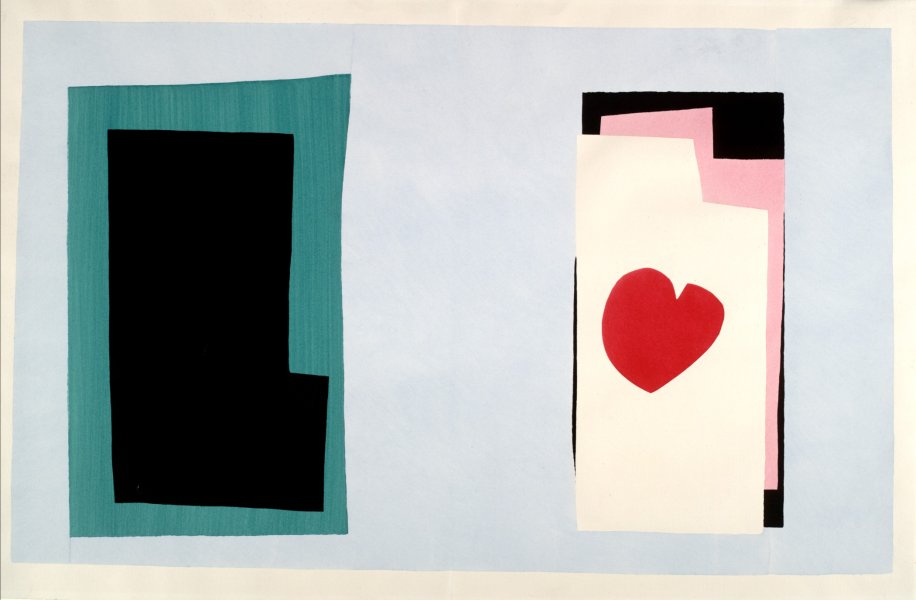
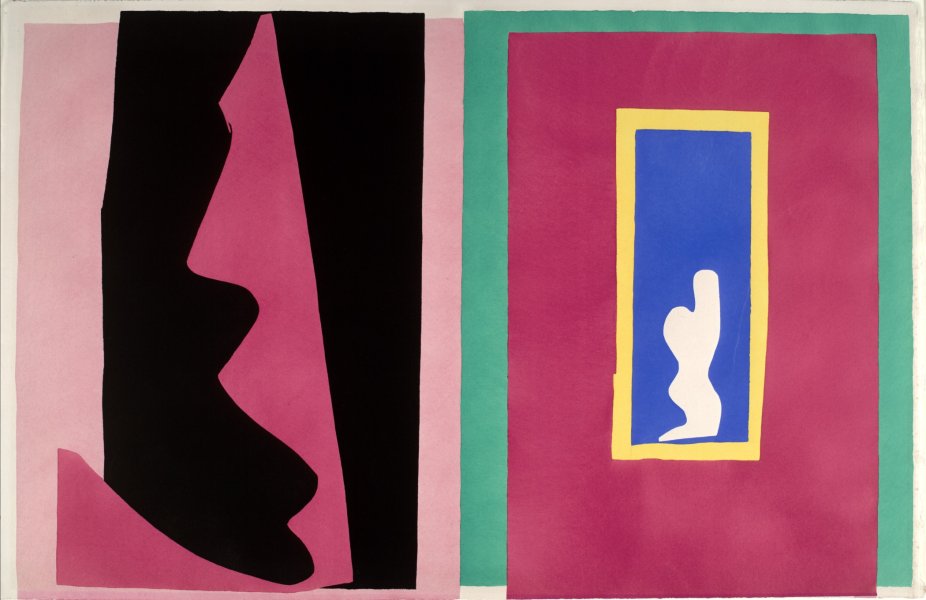
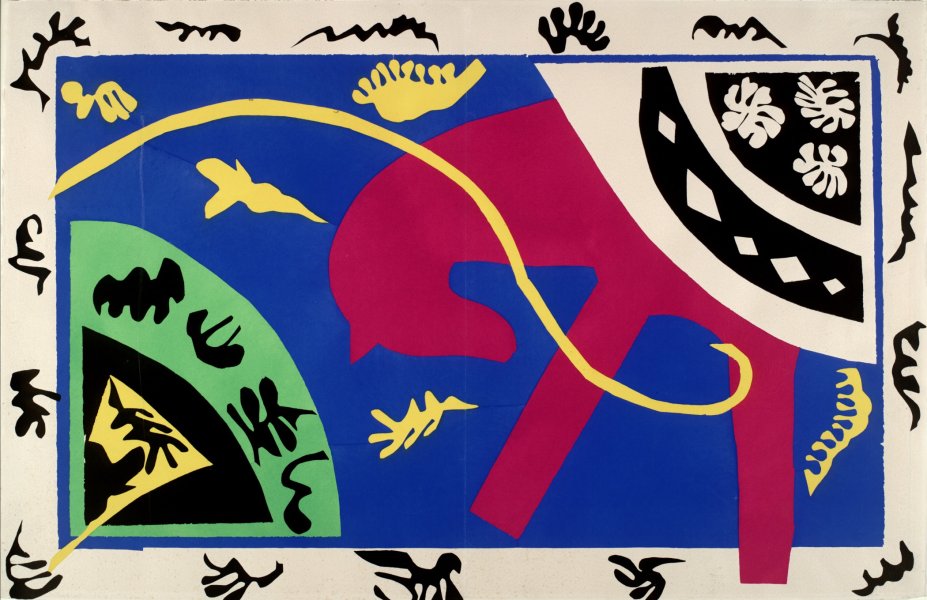
![[text folios, colophon page and Table des Images (Table of Images)] from Jazz](/sites/default/files/styles/callout_fixed_height/public/artwork/RCA1948_011_001_021_o2.jpg?itok=623pmb-j)
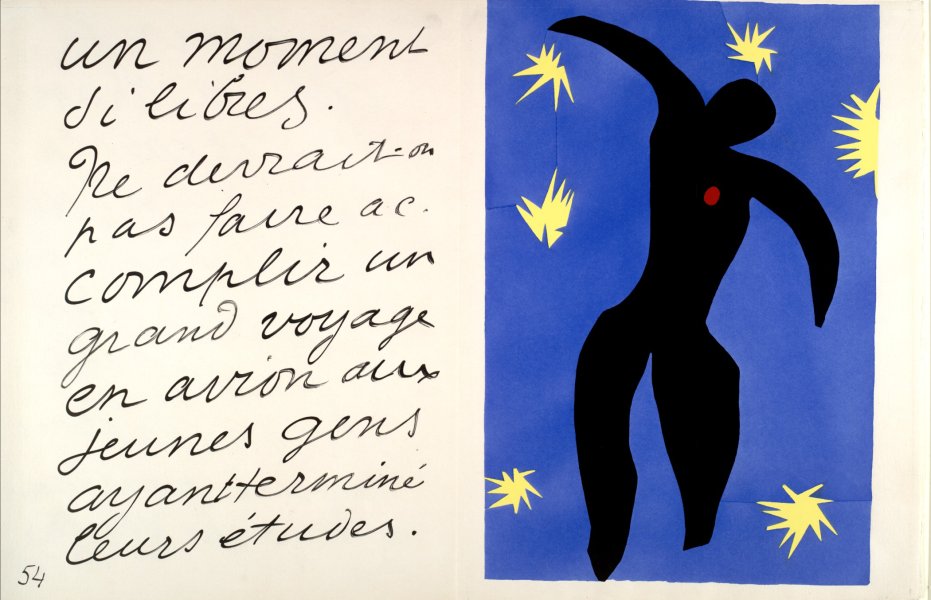
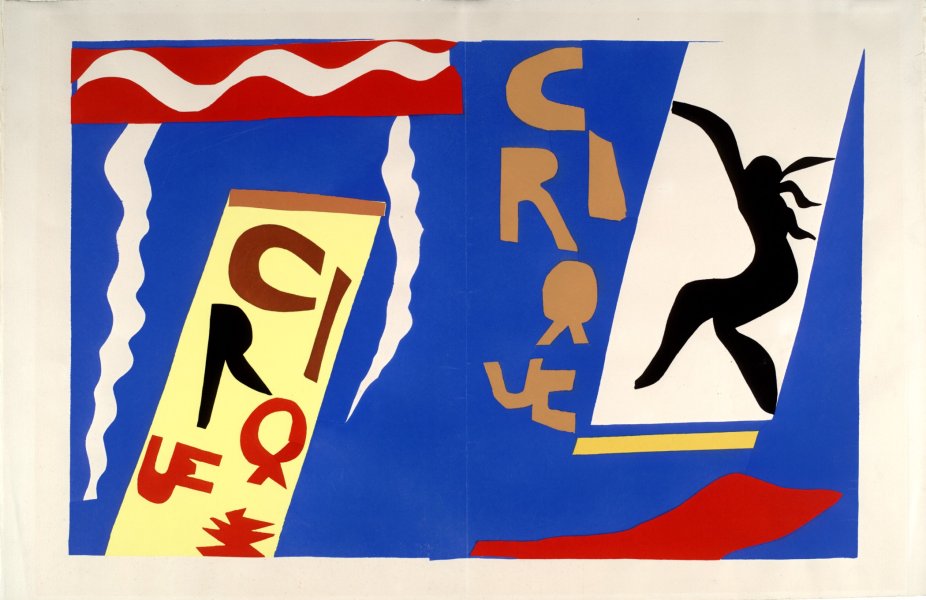
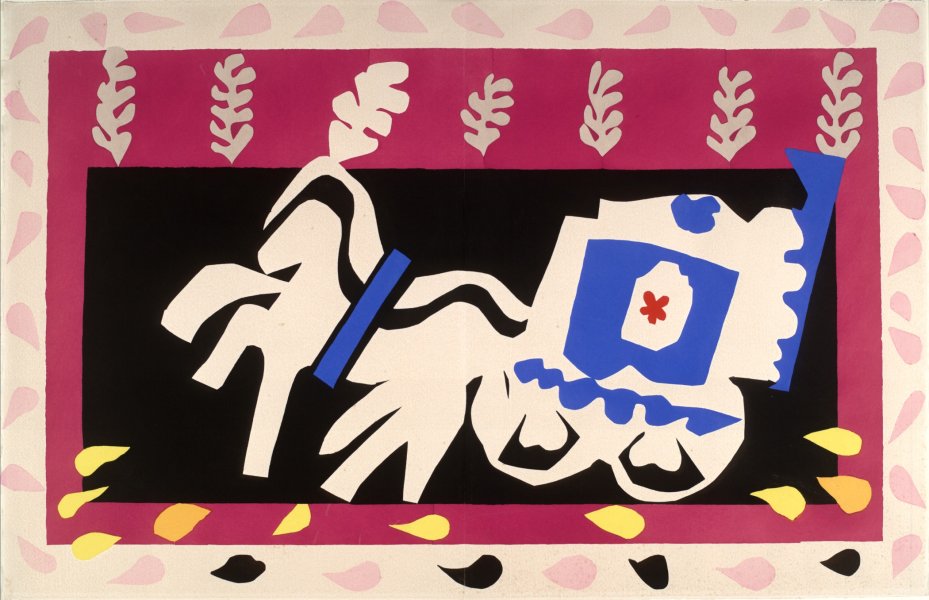
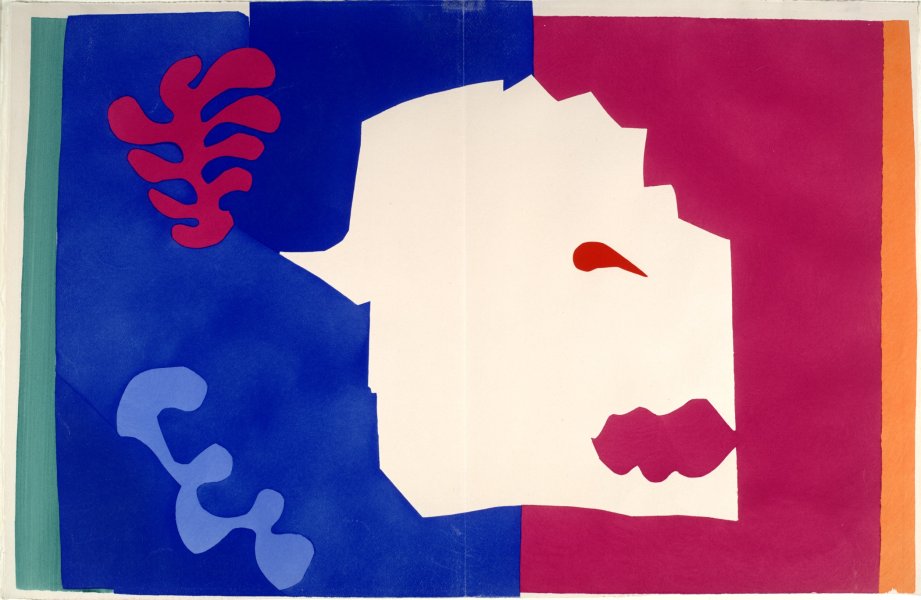
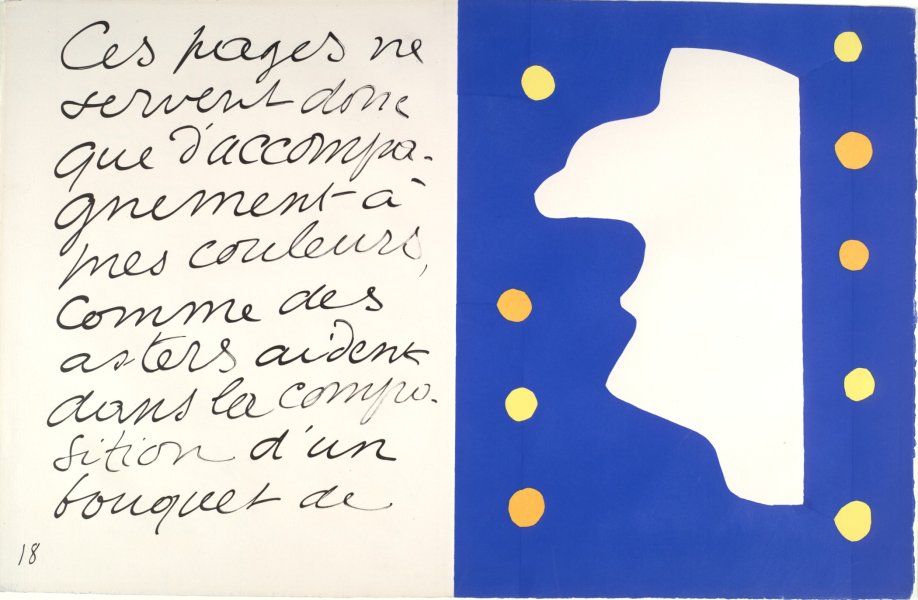
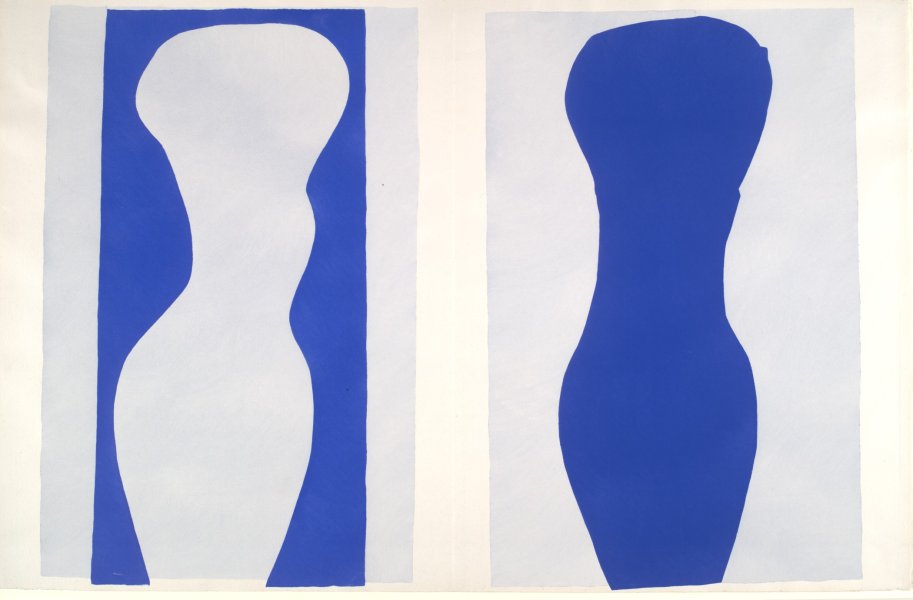
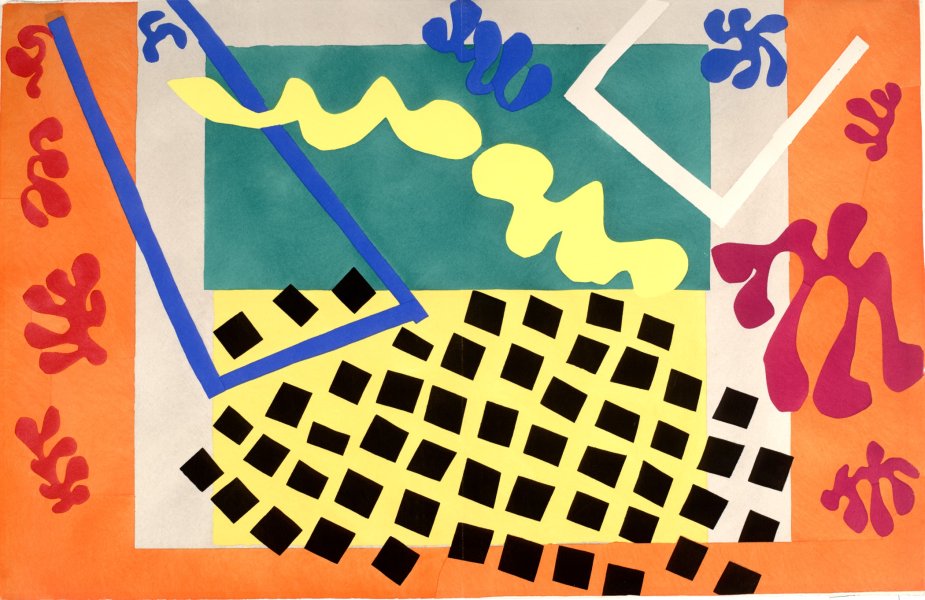
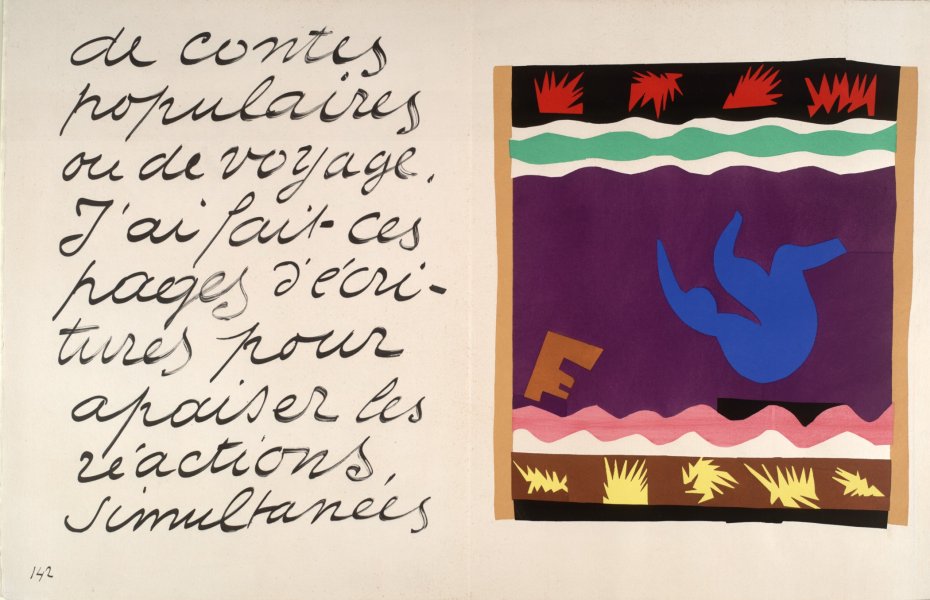
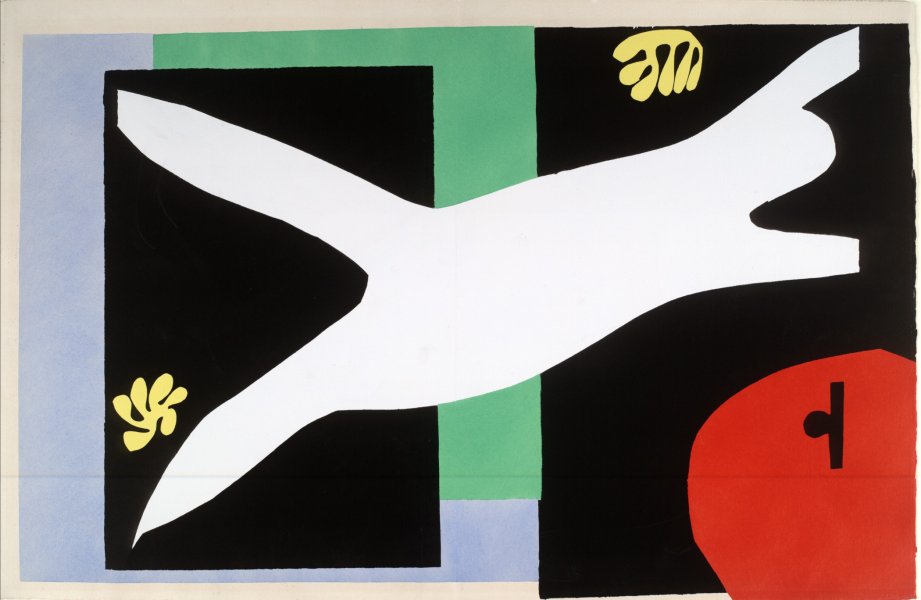
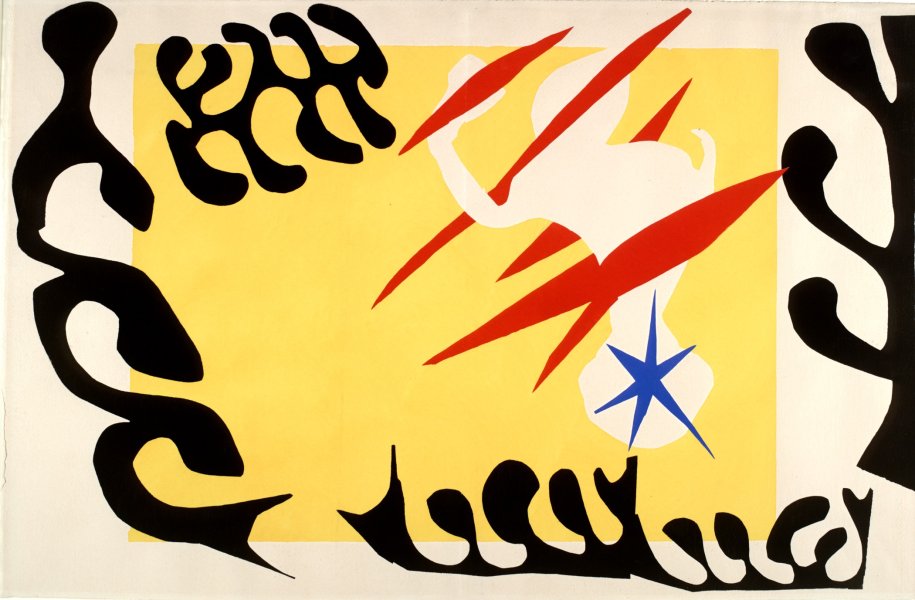
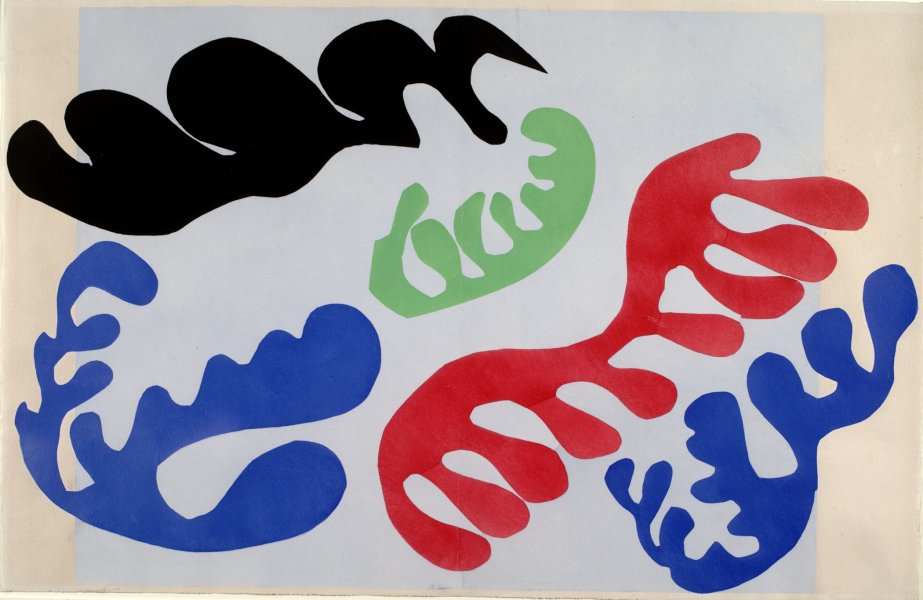
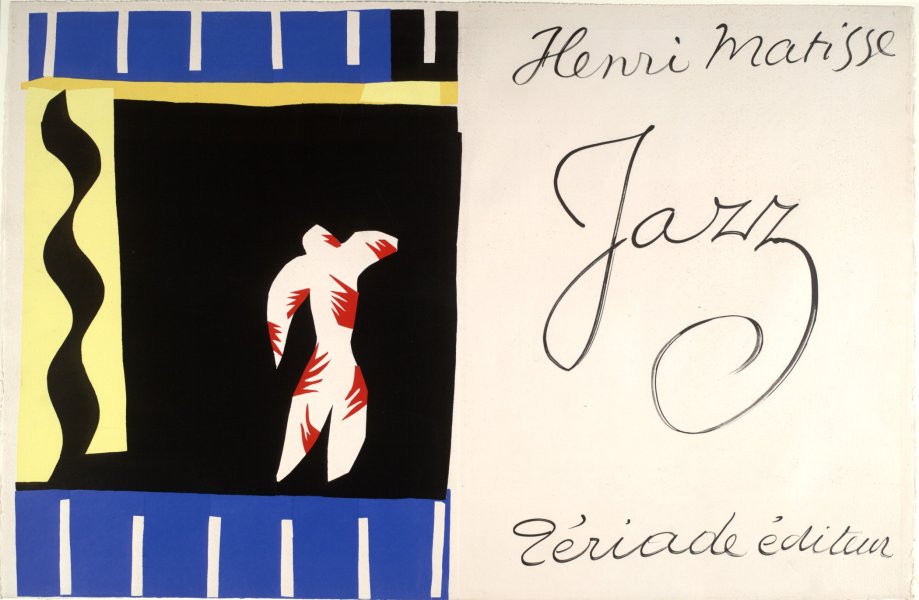
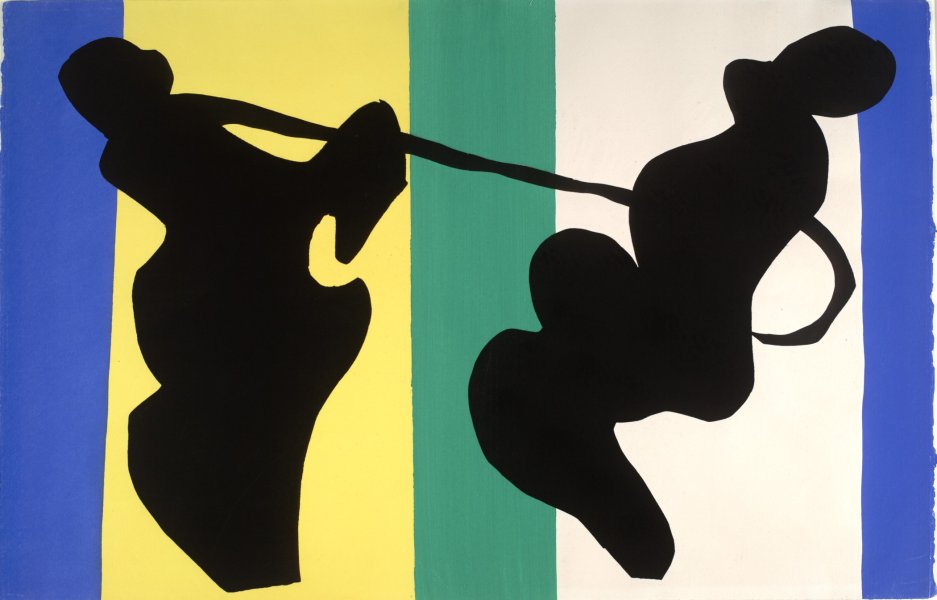
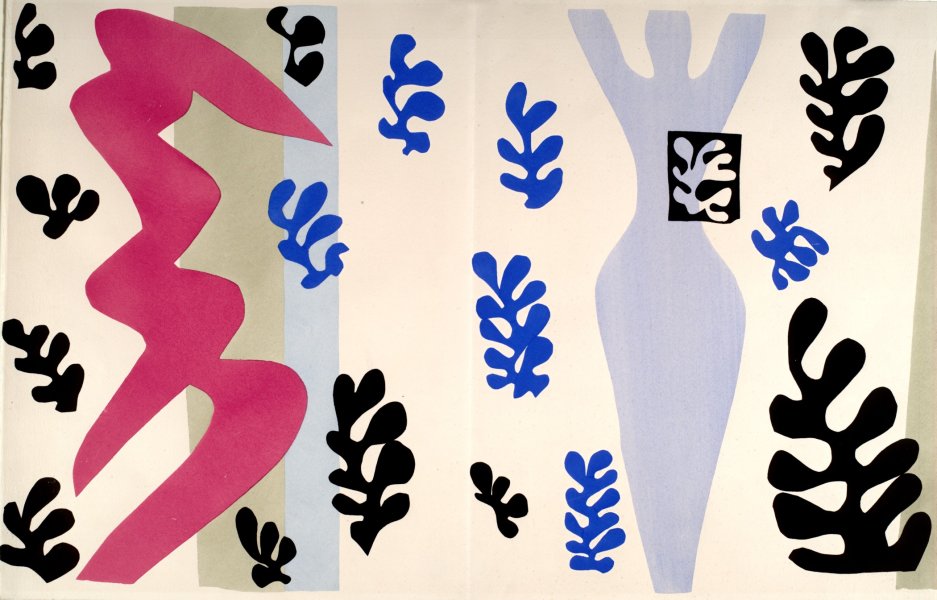
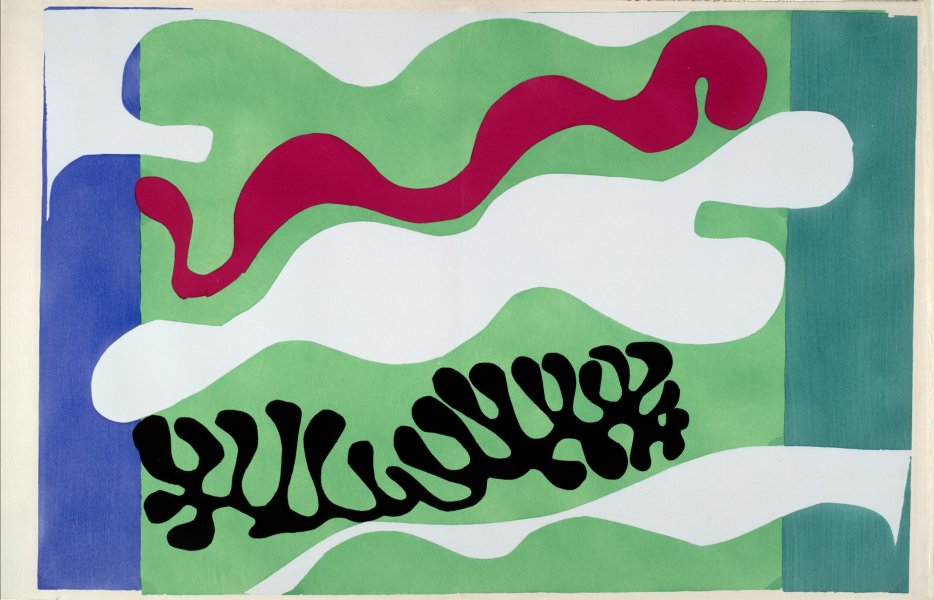
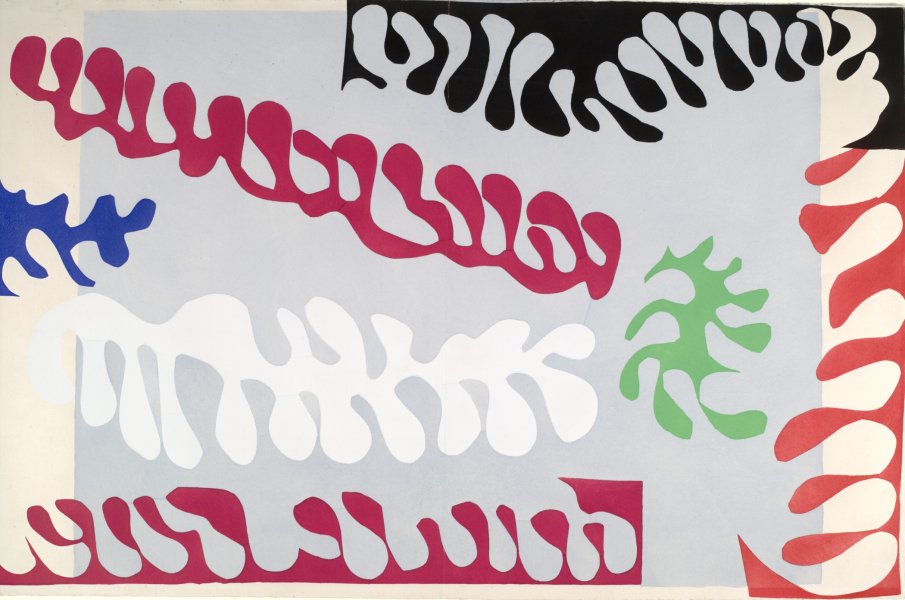
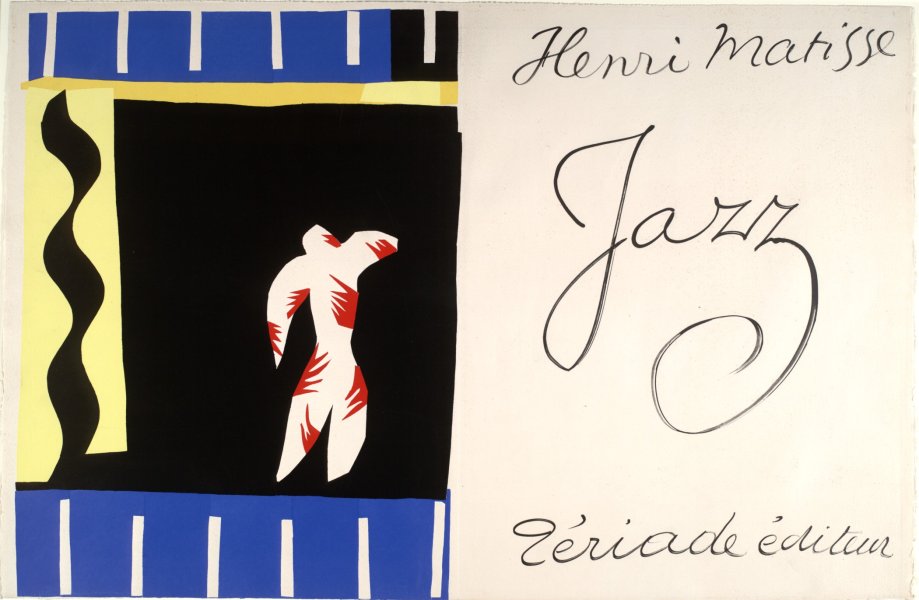
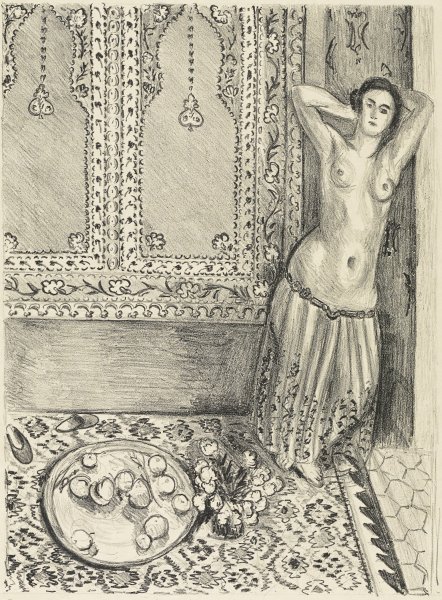

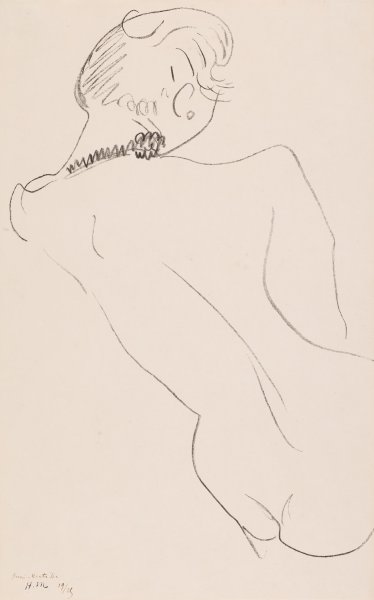
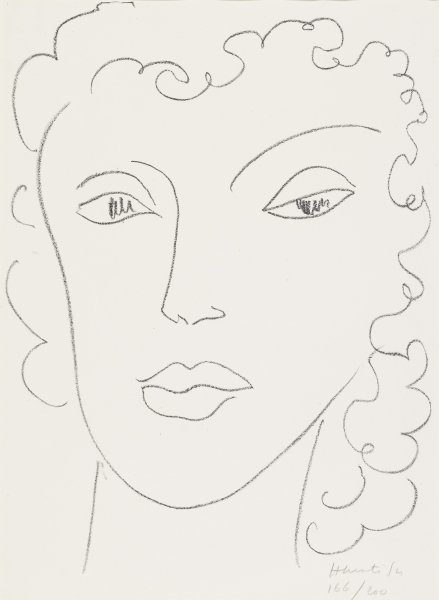
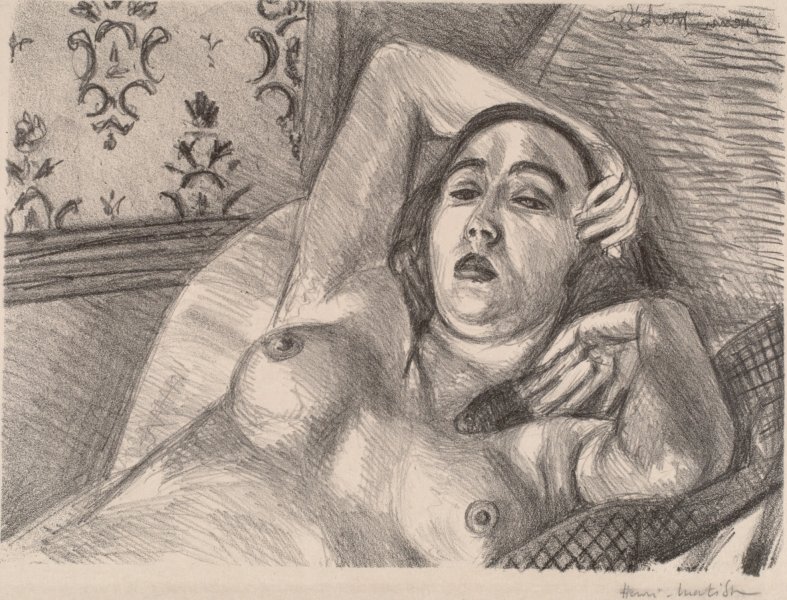
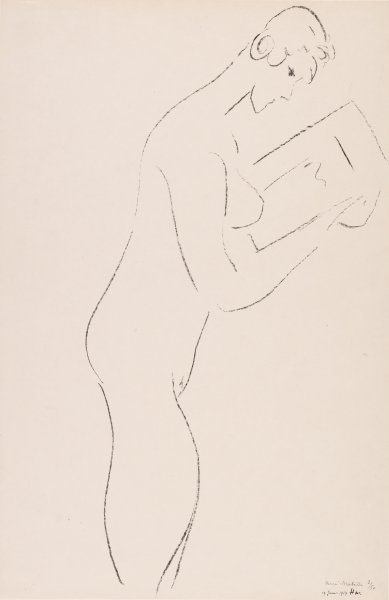
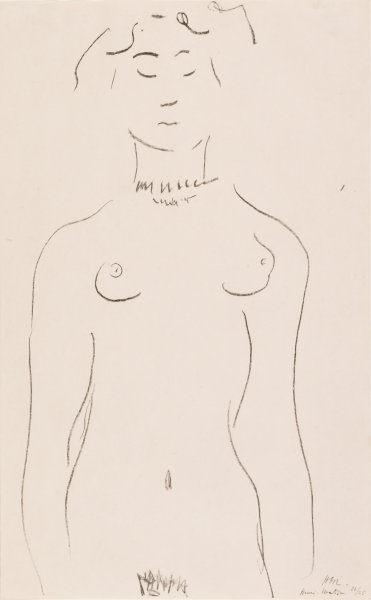
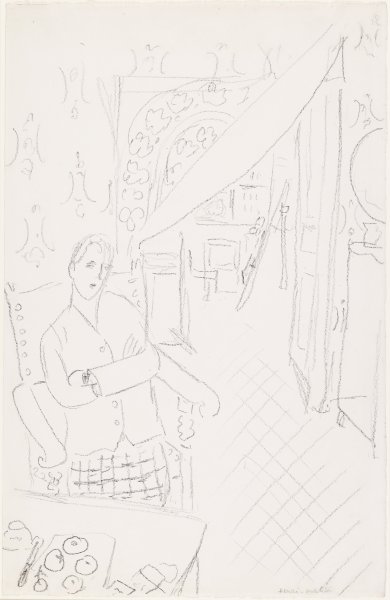
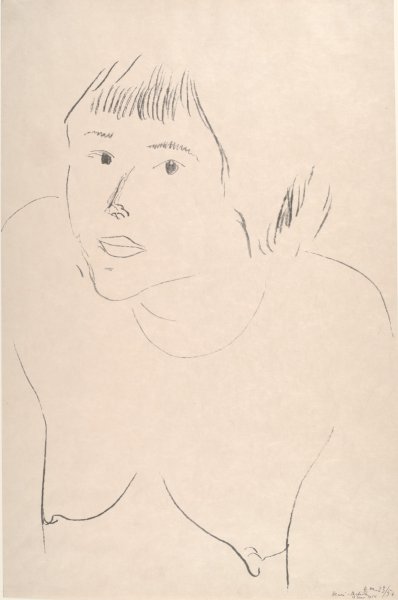
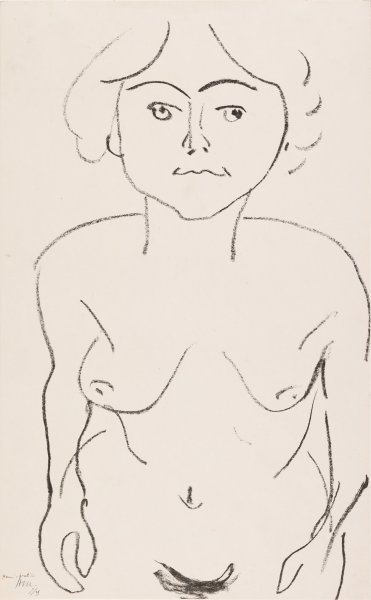
![Nu couché I (Aurore) [Reclining Nude I (Aurora)]](/sites/default/files/styles/callout_fixed_height/public/artwork/RCA1945_003_o2.jpg?itok=3qYeHiI5)
